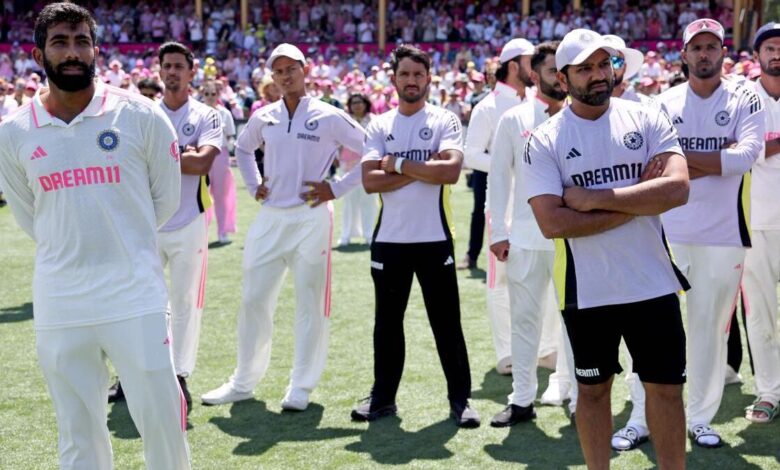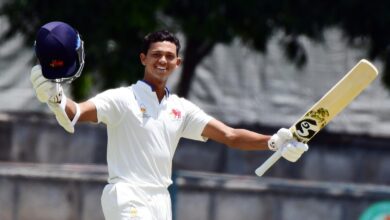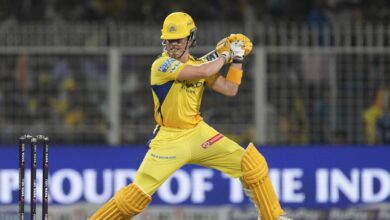Border-Gavaskar Trophy Review: India at tipping point after defeat as England tour beckons

Late on Sunday night, Mitchell Starc and some of his teammates got into a sports utility vehicle and left the Sydney Cricket Ground.
The celebrations in the Australian dressing room stretched long and spilled onto the turf. Some ambled near the ropes and a few went close to the pitch.
Reclaiming the Border-Gavaskar Trophy after a decade, the host has to thank the players who made this possible, and above all respect is owed to Pat Cummins. He bagged the wickets (25), scored vital runs (159), led well and Australia won by a 3-1 margin.
The Indians, meanwhile, had left the venue in the evening. They have enough to chew upon, grapple with and crease their foreheads. Commencing their tour with a 295-run victory in the first Test at Perth, the force was with them. The warm-up game against the Prime Minister’s XI at Canberra was pocketed too, before the campaign unravelled.
The Adelaide pink-ball Test was lost, and rain and the lower order secured a draw in Brisbane. And when R. Ashwin retired, the squad was in churn. The script turned morbid through a terrible last session and the Melbourne game was squandered. Finally at Sydney, even after snatching a four-run first-innings lead, an inept second innings, despite Rishabh Pant’s fireworks, meant that Australia had an attainable target. An injured Jasprit Bumrah’s absence was a ghastly blow to India’s chances.
If one man had a large bearing on how India shaped up through this series, it was Bumrah, who also led in the first and fifth Test. His 32 wickets, till a back-spasm laid him low, meant that the Australian batters never felt they were fully settled at the crease. Every media interaction would involve a ‘Bumrah-question’ and the answers would range from shock to awe.
Among his support cast, Mohammed Siraj ran in all day. His effect may have varied but he has 20 wickets to show. The reality is if India capitulated eventually, a large share of the blame has to be apportioned to the batters.
Skipper Rohit Sharma failed miserably, while Virat Kohli, after a ton at Perth, developed a fatal attraction around the off-stump. The former even skipped the last Test.
Meanwhile, with their bats, Yashasvi Jaiswal (391 runs), KL Rahul, Nitish Kumar Reddy, Pant, Washington Sundar and Ravindra Jadeja, had their moments. However, these were sporadic. A youngster like Shubman Gill going through a drought is also a cause for worry.
Coach Gautam Gambhir spoke about converting the 20s and 30s into big hundreds. However, this line-up seemingly lacks players, who can bat inexorably long. It was an attribute that Sachin Tendulkar, Rahul Dravid, V.V.S. Laxman and Cheteshwar Pujara had. In all this talk about momentum, the fine-print about a draw being a honourable result was forgotten. If Melbourne was drawn, India would have reached Sydney at 1-1, and anything could have transpired.
Chairman Ajit Agarkar and his fellow selectors have to figure out the nucleus of the Test squad, starting with the England tour from June, later this year. After 2013, when India moved on from the Tendulkar era following his retirement, the present is another tipping point. There is no masking this grim truth, even if the glories secured in limited overs cricket, can be blinding at times.






